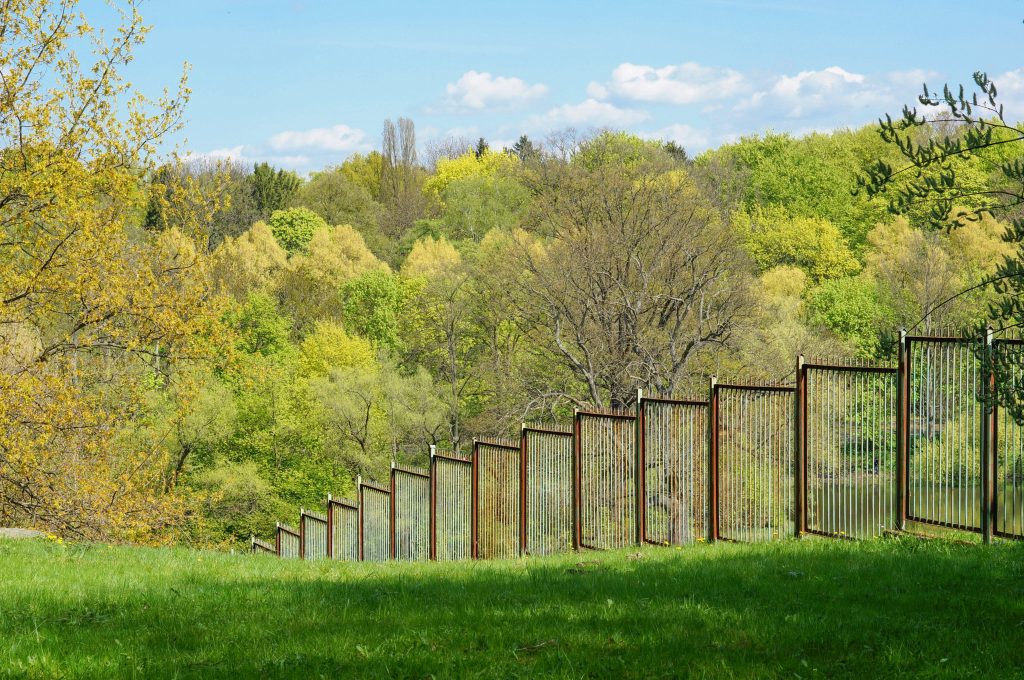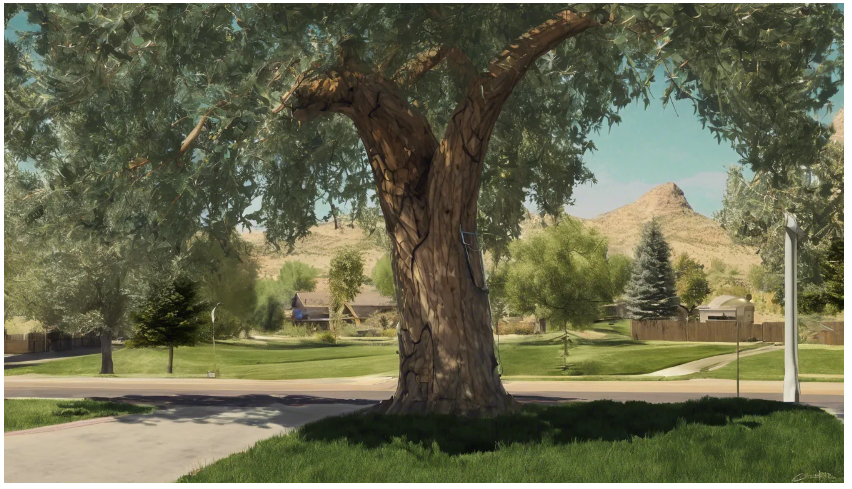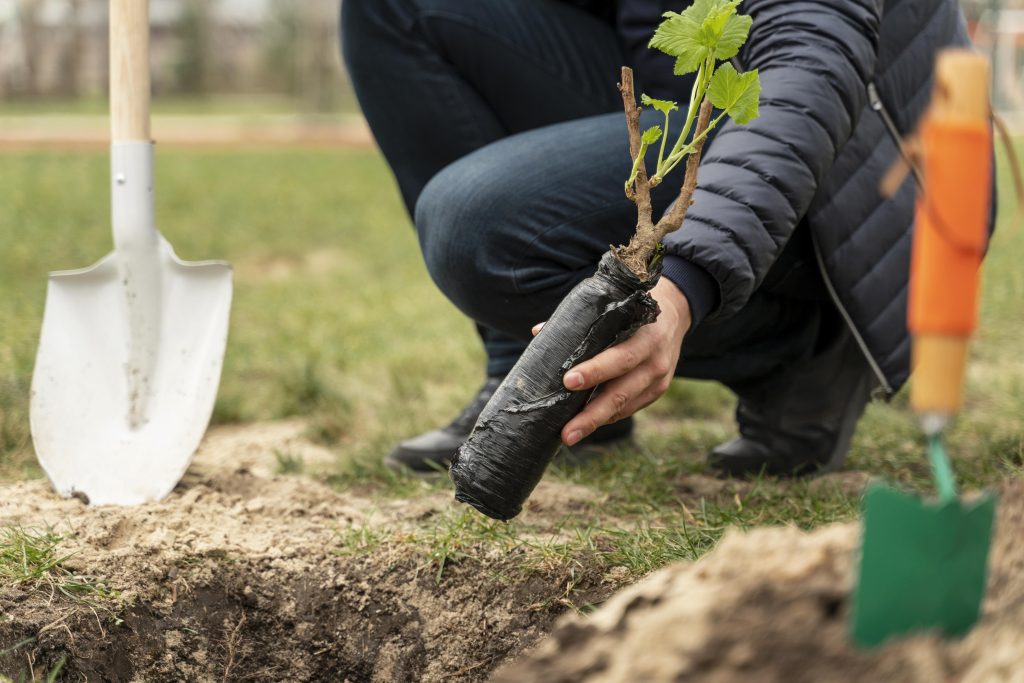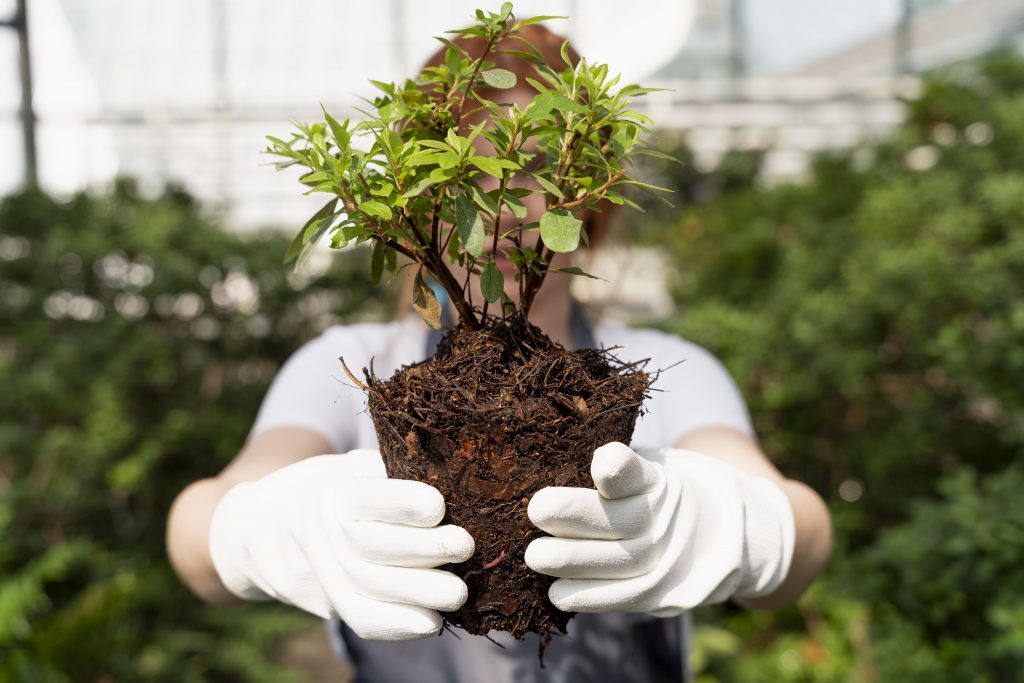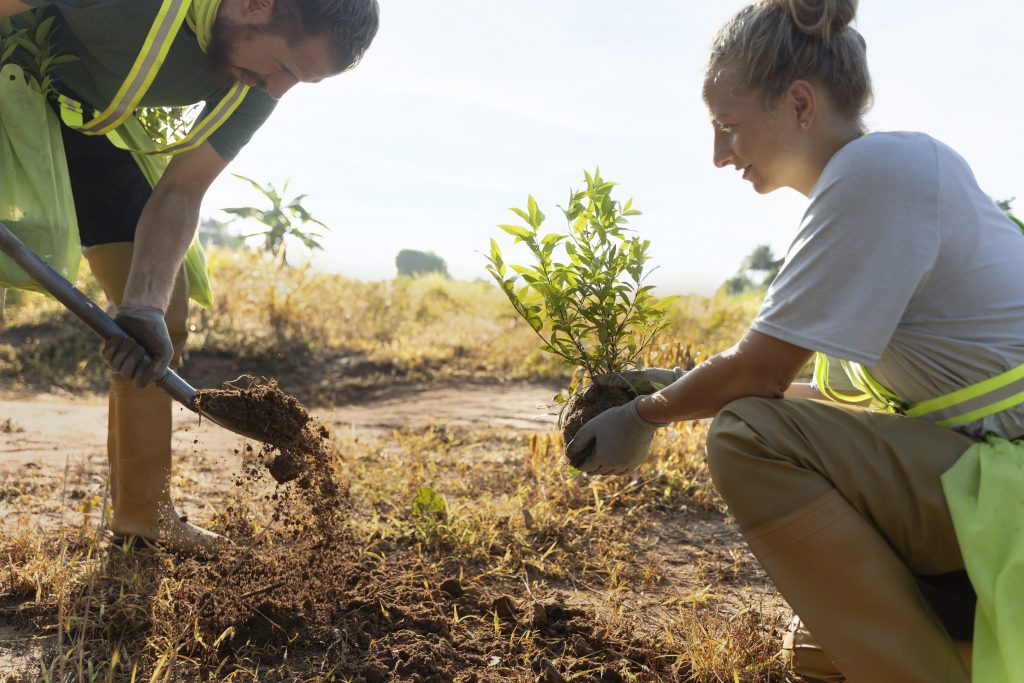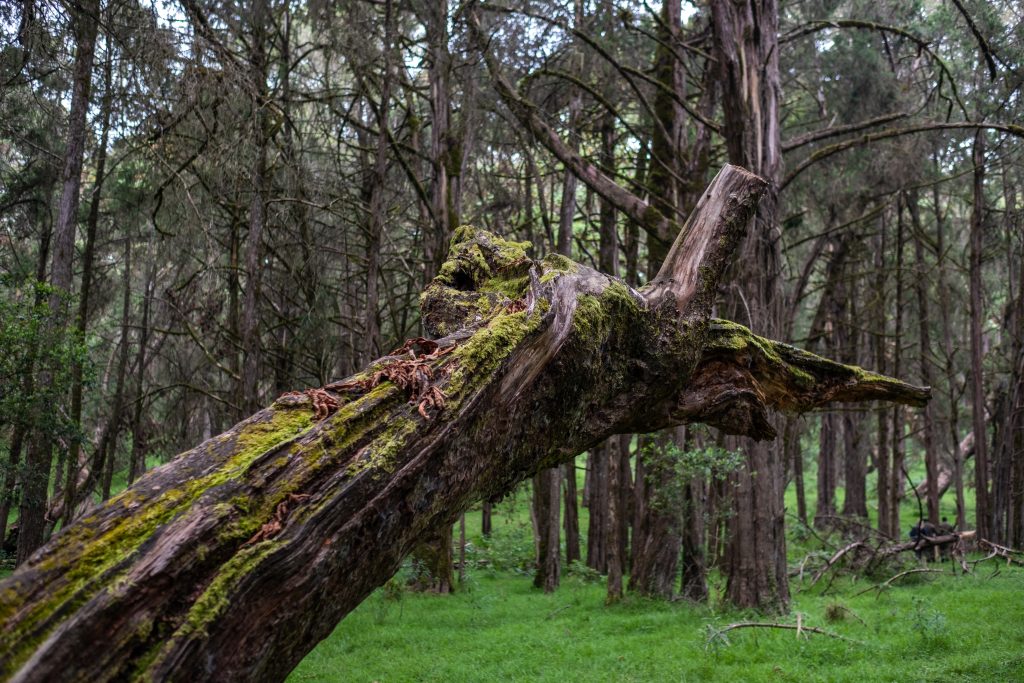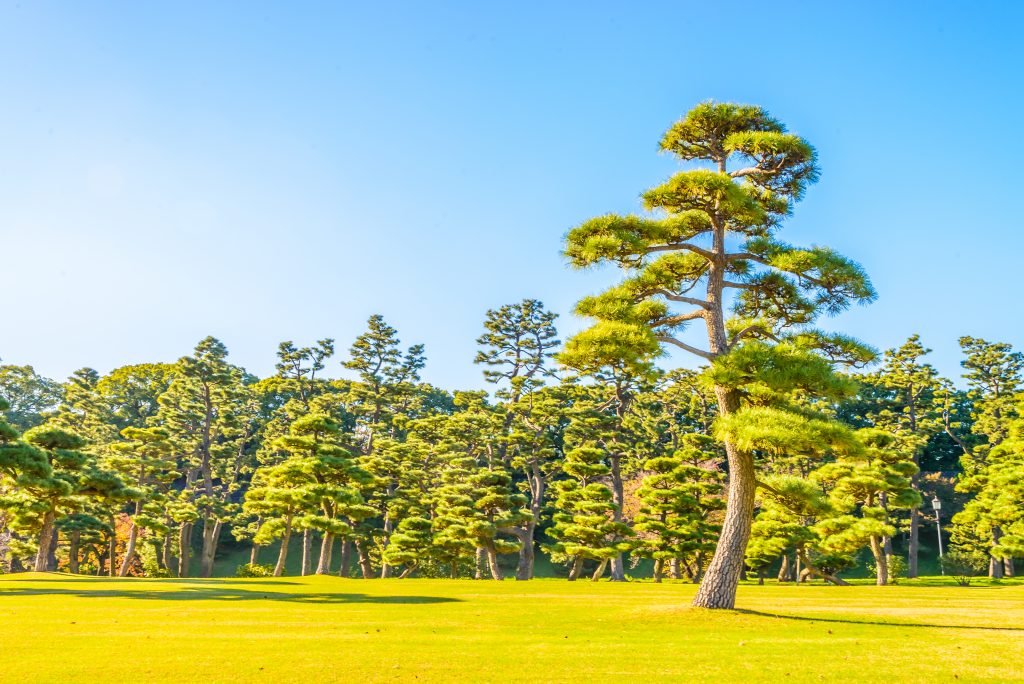Tree Service Sandy UT 84094 Truco Services (801) 466-8044

https://docs.google.com/spreadsheets/d/1CjJ5AyPaHRlEaYj_gWbOFusRegbjJdZBq70D_0H60_I/edit?usp=sharing
https://docs.google.com/spreadsheets/d/1KhaTrSjG-9Jd2cglfoVvpFgKSq3Yhn24OAr3jjB-PPc/edit?usp=sharing
Name: Truco Services, Inc.
Address: 4640 Commerce Drive, Murray, UT 84107 USA
Phone: (801) 466-8044
Website: https://trucoservices.com
Facebook: https://www.facebook.com/TruCoServices/
Youtube: https://www.youtube.com/channel/UCIlpSGk3aKxr8qV6iYIsCYw
Map: https://maps.app.goo.gl/Cyhddr5ix3snqgPL8
Hours of Operation: Monday – Friday: 8:00am – 5:00pm; Saturday – Sunday: Closed
Categories: Tree Service, Tree Removal, Tree Trimming, Arborist, Stump Grinding, Tree Care, Tree Pruning, Tree Cutting, Tree Surgeon, Tree Felling, Tree Maintenance, Tree Company, Tree Experts, Emergency Tree Services, Tree Planting, Tree Diagnostics, Tree Inspection, Tree Preservation, Tree Hazard Assessment, Tree Consultations, Tree Climbing, Tree Cabling, Tree Bracing, Tree Transplanting, Root Pruning, Tree Mulching, Tree Health, Tree Disease, Tree Pests, Tree Fertilization, Tree Spraying, Tree Irrigation, Tree Lightning Protection, Tree Support Systems, Tree Identification, Land Clearing, Lot Clearing, Deadwood Removal, Hazard Tree Removal, Brush Clearing, Firewood, Wood Chips, Tree Recycling, Storm Damage, Hurricane Cleanup, Landscape Design, Landscaping, Lawn Care, Garden Design, Garden Maintenance, Hardscaping, Softscaping, Landscape Construction, Retaining Walls, Patios, Walkways, Driveways, Pavers, Flagstone, Rock Gardens, Water Features, Ponds, Fountains, Outdoor Lighting, Irrigation Systems, Drainage Solutions, Outdoor Kitchens, Fire Pits, Pergolas, Gazebos, Green Roofs, Plant Installations, Season Color Displays, Lawn Mowing, Lawn Edging, Landscape Architecture, Site Analysis, Master Planning, Grading And Drainage, Planting Design, Hardscape Design, Project Management, Landscape Engineering, Sustainable Design, Ecological Restoration, Historic Preservation, Landscape Construction Administration, Site Supervision, Construction Documentation, Landscape Construction, Site Preparation, Grading, Excavation, Foundation Work, Stonework, Concrete, Masonry, Carpentry, Decking, Fencing, Gates, Commercial Tree Care, Commercial Tree Maintenance, Commercial Tree Removal, Commercial Tree Trimming, Commercial Landscaping, Commercial Lawn Care, Commercial Tree Planting, Commercial Irrigation Systems, Commercial Tree Health, Commercial Tree Disease, Commercial Tree Pests, Commercial Tree Fertilization, Commercial Tree Spraying, Commercial Tree Pruning, Commercial Tree Cutting, Commercial Tree Surgeon, Commercial Tree Experts, Commercial Emergency Tree Services, Commercial Tree Consultations, Commercial Tree Inspections, Commercial Lot Clearing, Commercial Land Clearing, Commercial Deadwood Removal, Commercial Brush Clearing, Commercial Firewood, Commercial Wood Chips, Commercial Tree Recycling, etc.
https://truetreeservices.com/the-science-behind-how-trees-regulate-climate/
https://koltenbishop.medium.com/tree-service-salt-lake-city-ut-84134-truco-services-inc-348dbfbf4e9c
What To Look For In Tree Removal Service
https://docs.google.com/spreadsheets/d/1tnRICo7gOurKvYcMyeQP0bG5ETbSCMOmmzjaiR_D5-I/edit?usp=sharing
https://docs.google.com/spreadsheets/d/1HrZUR1_pmclcHtkEsluJhnEHuREcR1DgoZFFRafhd44/edit?usp=sharing
#TreeRemoval
#TrucoServices
#TrucoLandscaping
Essential Tree Care Services Offered by Truco Services in Sandy, UT 84094
When it comes to maintaining the health and beauty of your trees, choosing the right service is essential. Truco Services, located in Sandy, UT 84094, offers a range of expert tree care services designed to meet all your needs. With a reputation built on quality and dependability, Truco Services is your go-to provider for professional tree care.
Tree Trimming and Pruning
One of the primary services offered by Truco Services is tree trimming and pruning. Regular trimming is vital for the growth and health of your trees. It helps to:
- Remove dead or diseased branches
- Encourage new growth
- Improve the overall shape and appearance of the tree
By engaging professionals for this task, you can ensure that it is done correctly and safely. Proper trimming techniques can make all the difference in the longevity and aesthetics of your trees.
Tree Removal
Sometimes, a tree needs to be removed for safety reasons. Truco Services specializes in safe tree removal, especially in tight spaces or near structures. Reasons for tree removal can include:
- A tree being diseased or dead
- Structural damage caused by storms
- Root invasion affecting your foundation
Truco Services employs advanced techniques and equipment to ensure that tree removal is an easy and stress-free experience for you.
Stump Grinding
After a tree is removed, the stump can be an eyesore and a safety hazard. Truco Services offers stump grinding to eliminate these remnants from your yard. This service helps to:
- Clear the area for landscaping
- Prevent potential injuries
- Stop pest infestations
The professionals at Truco Services can grind down stumps to below ground level, allowing you to reclaim your outdoor space without the hassle.
Emergency Tree Services
Storms can wreak havoc on your yard, leading to fallen trees or branches. Truco Services is ready to respond with prompt emergency tree services. Their trained team works around the clock to:
- Assess damage quickly
- Provide safe tree removal
- Restore safety to your property
With a quick response time, Truco Services ensures you’re not left waiting in the aftermath of a storm.
Tree Health Assessment
Keeping your trees healthy is crucial for their growth and your property’s aesthetics. Truco Services offers comprehensive tree health assessments to identify any potential issues. This service includes:
- Inspection for pests and diseases
- Soil tests to ensure nutrient availability
- Recommendations for treatment plans
With the right assessment, your trees can thrive, providing beauty and shade for years to come.
Landscaping Services
Beyond tree-specific care, Truco Services extends its offerings to landscaping. They can help you design and maintain your landscape, ensuring that your trees complement the overall look of your yard. The landscaping services include:
- Planting new trees and shrubs
- Designing garden layouts
- Maintaining flower beds and other plantings
This comprehensive approach to tree and landscaping care ensures that your outdoor space remains vibrant and inviting.
When it comes to tree care in Sandy, UT 84094, Truco Services stands out for its extensive range of expert offerings. Whether you need trimming, stump grinding, tree removal, or emergency support, their dedicated team is ready to help. Prioritizing your trees’ health and aesthetics, Truco Services offers tailored solutions that meet your unique needs. For more information or to schedule a service, contact them at (801) 466-8044 today!
The Importance of Regular Tree Maintenance for Homeowners
Regular tree maintenance is essential for homeowners who want to keep their outdoor spaces safe, beautiful, and healthy. Whether you live in Sandy, UT, or anywhere else, maintaining your trees can positively affect your property and the environment. The significance of tree care cannot be underestimated, as it safeguards your home and enhances the overall aesthetics of your property.
Trees offer many benefits, including shade, beauty, and even increased property value. However, without proper care, trees can become a hazard. Here are several reasons why regular tree maintenance is crucial for homeowners:
- Safety First: Trees that are not regularly trimmed become overgrown and can pose risks to homes and people. Dead branches, known as “widow makers,” can fall unexpectedly, especially during storms or high winds. Regular assessments and trimming reduce these dangers.
- Health of the Tree: Just like humans and animals, trees need care to thrive. Regular pruning helps maintain the tree’s health by removing dead or diseased branches. This also encourages new growth and improves airflow, reducing the chances of decay.
- Increased Aesthetic Appeal: Well-maintained trees enhance the beauty of your landscape. Stunning trees can become focal points in your yard, boosting your home’s curb appeal. A neat and tidy outdoor space not only looks good but also reflects your pride in homeownership.
- Breach of Utility Lines: Trees that grow too close to utility lines can cause significant issues. They may block power lines or create a fire hazard. Regular maintenance, including trimming and removal, ensures that trees pose no threat to essential services.
- Property Value: Healthy and well-maintained trees can significantly increase the value of your property. Prospective buyers are often willing to pay more for homes with appealing landscapes. An investment in tree care can yield generous returns.
Homeowners might think tree maintenance is merely about aesthetics, but it goes much deeper than that. By ensuring the health and safety of your trees, you’re making a sound investment in your home and community.
Effective tree maintenance includes several key practices. Here are some strategies you should consider adopting:
- Regular Inspections: Check your trees at least once a year, preferably in the spring or fall. Look for signs of distress, such as cracks in the bark, discoloration, or fungi growth.
- Pruning and Trimming: Regular pruning not only promotes growth but also enhances stability. Focus on removing dead or weak branches and thinning for better light penetration. For larger jobs or high trees, consider hiring professionals from local services like Truco Services in Sandy, UT 84094.
- Disease and Pest Control: Look for symptoms of pest infestations or diseases. Treating these issues early is vital to protecting your trees and can prevent spreading to nearby vegetation.
- Mulching and Watering: Mulching around the base of trees helps retain moisture and protects the roots. During dry seasons, ensure your trees receive adequate watering to keep them healthy.
- Consider Professional Help: For complex tree care needs, seek help from tree care professionals. Services like Truco Services at (801) 466-8044 offer expertise that can make tree maintenance less of a chore and ensure it’s done correctly.
Regular tree maintenance into your home care routine can be a game changer. You not only improve the condition of your trees but also enhance your overall home environment. Taking these proactive steps will ensure that your trees age gracefully and continue to offer their numerous benefits for years to come.
Don’t wait until a storm damages your trees or they become a safety hazard. Embrace the practices of regular tree maintenance today. By prioritizing your landscape, you contribute to your home’s beauty and safety and the well-being of your neighborhood.
In Sandy, UT, regular service from professionals like Truco Services can guide you through these essential tree care practices. Investing time and resources now will pay off immensely in the future.
How to Identify Signs That Your Trees Need Professional Help
If you have trees in your yard, you may wonder when it’s time to call in the professionals. Trees are a big part of your landscape, adding beauty and shade, but they can suffer from various issues. Recognizing the signs that your trees need help is crucial for their health and longevity. Below are several indicators that your trees might require the expertise of a tree service like Tree Service Sandy UT 84094 Truco Services (801) 466-8044.
1. Wilting or Discolored Leaves
When the leaves on your trees begin to wilt or change color, it may be a flag that something is wrong. Healthy trees usually exhibit vibrant green leaves. If you notice:
- Yellowing leaves, which often indicate nutrient deficiencies or overwatering
- Brown edges, pointing to dehydration or root issues
- Wilting leaves that may suggest disease or pest infestation
It’s wise to consult a professional tree service if you observe these symptoms.
2. Visible Fungi or Mushrooms
Fungi and mushrooms appearing at the base or on the trunk of your trees can signal internal decay. These organisms often thrive on dying or dead wood. If you spot them:
- Check for soft spots in the bark or trunk
- Look for discoloration in the wood beneath the bark
- Identify whether your tree is leaning or appears structurally unsound
If you discover any signs of fungi, it’s time to reach out to Tree Service Sandy UT 84094 Truco Services (801) 466-8044 for an assessment.
3. Damaged or Cracked Bark
The bark on your tree serves as its protective layer. If you notice that it is cracking, peeling, or has large wounds, this could expose your tree to pests, diseases, and environmental stressors. Keep an eye out for:
- Shallow, vertical cracks that may indicate health issues
- Loose bark that appears to be falling off
- Soft areas on the trunk that may show signs of decay
Contacting a tree care professional can help determine the necessary steps for healing your tree.
4. Dead or Decaying Limbs
If limbs on your trees are dead or decaying, it affects the overall health of the tree. Examine your tree for:
- Brittle branches that break easily
- Missing leaves on some branches while others flourish
- Branches that feel spongy to the touch
It’s essential to address dead limbs promptly, as they can pose a safety risk to your property and family.
5. Excessive Pests
Spotting an unusual number of insects around your tree can indicate that it’s struggling. Pests like aphids, caterpillars, and beetles can significantly damage your trees. Pay attention to:
- Ants crawling up the tree, which can be a sign of sap-sucking pests
- Visible larvae or webs spun by insects
- Droppings or shells from pests that may indicate infestations
If you notice a significant pest issue, it’s time to contact experts who can effectively treat the problem.
6. Unusual Growth Patterns
Healthy trees usually grow uniformly. However, if you observe unusual growth patterns, such as:
- One side of the tree growing more rapidly than the other
- Weapons developing abnormal shapes or sizes
- Canopy imbalance that disrupts even sunlight distribution
These signs could indicate structural issues or disease and should prompt a visit from a tree service.
By being aware of these signs, you can help ensure the health and safety of your trees. If you notice any of these indicators, don’t hesitate to reach out to a trusted tree care service, like Tree Service Sandy UT 84094 Truco Services (801) 466-8044. Their team can provide expert care to help restore your trees to their former glory.
Taking prompt action can not only prolong the life of your trees but also enhance the beauty of your property. Remember, healthy trees mean a healthier environment for everyone!
Benefits of Hiring Local Tree Service Experts Over DIY Solutions
When it comes to maintaining the health and beauty of your yard, many homeowners consider tackling tree care on their own. However, choosing a local tree service like Truco Services in Sandy, UT can often be the smarter and safer choice. The benefits of hiring local experts far outweigh the challenges of DIY solutions.
First and foremost, expertise is a significant advantage. Local tree service professionals possess the knowledge and experience required to diagnose tree issues effectively. Whether it’s identifying diseases, pests, or nutrient deficiencies, their training ensures that your trees receive the appropriate care. Attempting DIY solutions may lead to misdiagnosis and ineffective treatments, causing further damage to your greenery.
Safety is another paramount consideration. Tree work can be dangerous, especially when climbing or using heavy equipment. Professionals are trained in safety protocols and have the right gear to prevent accidents. When you hire Truco Services in Sandy, UT, you not only protect yourself but also your property from the risks associated with tree care. Using improperly handled tools or climbing without safety equipment can lead to severe injuries or costly damages.
Additionally, time efficiency is something many people overlook. Tree care can be time-consuming, especially for those who are inexperienced. Hiring local experts means you can spend your time on activities you enjoy while they handle the task efficiently. Truco Services is known for its prompt and reliable service, allowing you to avoid the hassle of scheduling your own time-consuming projects.
Furthermore, advanced equipment is essential for effective tree care. Professionals use specialized tools that most homeowners don’t have access to. Whether it’s a wood chipper, stump grinder, or pruning saw, having the right equipment makes a significant difference in the quality of work done. Local services have industry-standard equipment that ensures thorough and efficient results, unlike average DIY tools that simply don’t measure up.
Here are a few specific services offered by local tree experts that highlight their advantages:
- **Tree Trimming**: Ensures healthy growth and safety by removing dead or overgrown branches.
- **Tree Removal**: Experts can assess whether a tree needs to be removed and can do so safely and efficiently.
- **Stump Grinding**: This process prevents hazardous stumps from taking up space or causing accidents.
- **Disease Management**: Professionals can identify and treat tree diseases before they spread, saving you money and time.
- **Urban Forestry**: Local arborists understand the specific challenges of urban trees and how to manage them.
Moreover, hiring local tree service experts supports your community. When you choose Truco Services in Sandy, UT, you’re investing in your local economy. Local businesses contribute to community growth and often provide superior customer service because they value their reputation in the area. Building a good relationship with experts can lead to long-term benefits for the care and management of your property’s trees.
Another important factor is the availability of insurance and warranties. Local tree service companies are typically insured, which protects you from liability in case of accidents. If any damage occurs during the job, you won’t bear the costs. Additionally, many local services offer warranties on their work. This assurance means that if anything doesn’t go as planned after care has been provided, they will return to fix the issue without extra charges.
In contrast, attempting a DIY solution may seem appealing due to cost-saving perceptions, but the potential risks and liabilities can exceed the initial savings. You may end up paying more in medical bills, property damages, or worse, losing valuable trees in your yard.
Ultimately, when it comes to tree care, choosing local professionals like Truco Services offers peace of mind, safety, efficiency, and exceptional care that fosters strong, healthy trees. You will not only enhance the aesthetics of your property but also enjoy a safe and beautiful outdoor environment.
Remember, tree care is not just about aesthetics; it’s about maintaining the health of your trees and the safety of your home. By hiring experts in Sandy, UT, you ensure that your landscape remains vibrant and thriving for years to come.
Seasonal Tree Care Tips for Residents in Sandy, UT
Maintaining the health and beauty of your trees in Sandy, UT requires attention throughout the seasons. Seasonal tree care helps ensure your trees thrive all year round. Here are essential tips to guide you in caring for your trees, tailored specifically for the residents of Sandy.
Spring Care Tips
As winter ends, spring is the perfect time to give your trees some much-needed attention. Here’s what you can do:
- Pruning: Focus on trimming dead or damaged branches. This not only improves the appearance but also encourages new growth.
- Fertilizing: Apply a balanced fertilizer to provide essential nutrients. A slow-release fertilizer works well to promote gradual growth throughout the season.
- Mulching: Add a layer of mulch around the base of your trees. This helps retain moisture and suppresses weeds.
Summer Maintenance Practices
During the hot summer months, focus on hydration and health to keep your trees thriving:
- Watering: Ensure your trees receive adequate water, especially during dry spells. Deep watering once a week encourages deep root growth.
- Monitoring Pests: Keep an eye out for insects or diseases. Early detection can prevent significant damage. Consider using organic insecticides for control.
- Mulch Management: Check your mulch levels regularly and replenish as needed, keeping it about two to four inches thick.
Autumn Preparations
As leaves start to change color and fall, it’s time to prepare your trees for the upcoming winter:
- Final Pruning: Prune any dead or unhealthy branches. Fall is a great time for pruning, as it minimizes stress on the tree.
- Soil Care: Aerate the soil around your trees. This allows nutrients and water to penetrate more easily into the root zone.
- Winter Protection: Consider wrapping the trunks of young trees to protect them from frost and rodent damage. You can also lay down mulch to insulate the roots.
Winter Tree Care
Winter in Sandy can be harsh, but there are steps you can take to ensure your trees emerge healthy come spring:
- Inspect Trees: Regularly check for broken branches or potential hazards caused by snow or ice accumulation.
- Water When Necessary: On warmer days, trees may need hydration. If the ground isn’t frozen, give your trees a thorough watering.
- Avoid Salt Damage: If roads and sidewalks are salted in winter, minimize exposure to your trees. Try to wash off any salt that may have splashed onto the foliage.
When to Call for Professional Help
While you can perform many tasks yourself, some situations call for expert intervention:
- Tree Removal: Dead or dying trees can pose a hazard. If a tree is leaning dangerously or is in decline, it’s best to consult a professional.
- Major Pruning: If you notice significant overgrowth or large branches that require care, hiring a professional tree service can ensure the job is done safely and effectively.
- Pest Infestations: In case of severe pest problems, using a professional service like Truco Services (801) 466-8044 ensures you tackle the issue with the right methods.
Caring for your trees seasonally helps preserve their health and beauty. For the residents of Sandy, UT, keeping these tips in mind will go a long way in ensuring the longevity of your tree companions. Consistent care not only enhances the landscape but also contributes to a healthier ecosystem in your community.
If you need assistance, don’t hesitate to reach out to professional tree services, such as Truco Services (801) 466-8044. They can provide expert guidance and care for your trees at any season, ensuring they look beautiful year-round.
Key Takeaway:
When it comes to maintaining your landscape, trees play a significant role in both aesthetics and environmental health. Truco Services in Sandy, UT 84094, offers essential tree care services that can help you keep your trees healthy and thriving. Their expert services range from tree trimming and removal to stump grinding and pest management. Regular tree maintenance through professionals ensures that your trees not only look good but are also strong and disease-free, adding value to your property.
Homeowners often underestimate the importance of regular tree maintenance. Neglecting your trees can lead to various problems, including disease spread, pest infestations, and even property damage from falling branches. By scheduling routine inspections and maintenance with Truco Services, you can avoid costly issues down the road. Their trained professionals are equipped to handle everything from severe weather damage to routine pruning, ensuring your trees remain healthy throughout the seasons.
Knowing when to call in the experts is crucial. If you see signs like dead branches, discolored leaves, or unusual growth patterns, your trees may require immediate attention. Identifying these signs early can save you from larger problems and costly repairs. Truco Services can assess the condition of your trees and recommend the best course of action, whether it’s treatment, trimming, or removal.
While many homeowners may consider DIY tree care, hiring local experts has its advantages. Professionals understand the regional climate, tree species, and common diseases, allowing them to deliver targeted solutions. Additionally, using the right equipment and techniques ensures safety for you and your property.
Seasonal tree care is essential in Sandy, UT. Each season presents unique challenges and opportunities for tree health. In spring, for example, is the time for fertilization and pruning, while fall may require leaf removal and preparation for winter. Truco Services provides tips and guidance tailored to the local climate, helping you keep your trees in optimal condition year-round.
Prioritizing tree care through the expertise offered by Truco Services not only enhances the beauty of your home but also contributes to the health of your landscape. Regular maintenance, attention to signs of distress, professional guidance, and seasonal care all work together to ensure your trees remain a valued part of your property.
Conclusion
Proper tree care is vital for maintaining the health and beauty of your property in Sandy, UT 84094. The essential services provided by Truco Services ensure that your trees receive the attention they deserve, from pruning and trimming to disease management and tree removal. Regular maintenance is not just an option; it’s an investment in the longevity and aesthetics of your landscape. Homeowners benefit significantly from a proactive approach, as healthy trees not only enhance property value but also contribute to a safer outdoor environment.
Recognizing the signs that your trees require professional help is crucial. Whether it’s wilting leaves, dead branches, or unusual growth patterns, timely intervention can prevent further damage and enhance tree health. While some may be tempted to tackle tree care on their own, hiring local experts like Truco Services brings a wealth of knowledge and experience. Professionals understand the specific needs of trees in the Sandy area and can provide tailored solutions that DIY approaches often overlook.
Seasonal care is another critical aspect that cannot be ignored. Adapting your tree care routine to the changing seasons helps ensure that your trees thrive year-round. By following the expert tips shared in this article, you can take proactive steps to protect your trees and promote their health.
Investing in professional tree services not only enhances the beauty of your home but also provides peace of mind. Local experts like Truco Services are ready to assist you in preserving your property’s natural beauty for years to come. Don’t hesitate to reach out and give your trees the care they need.
If you need a tree service in Utah, you can call:
Truco Services, Inc.
4640 Commerce Drive
Murray, Utah 84107
(801) 466–8044
https://truetreeservices.com/


